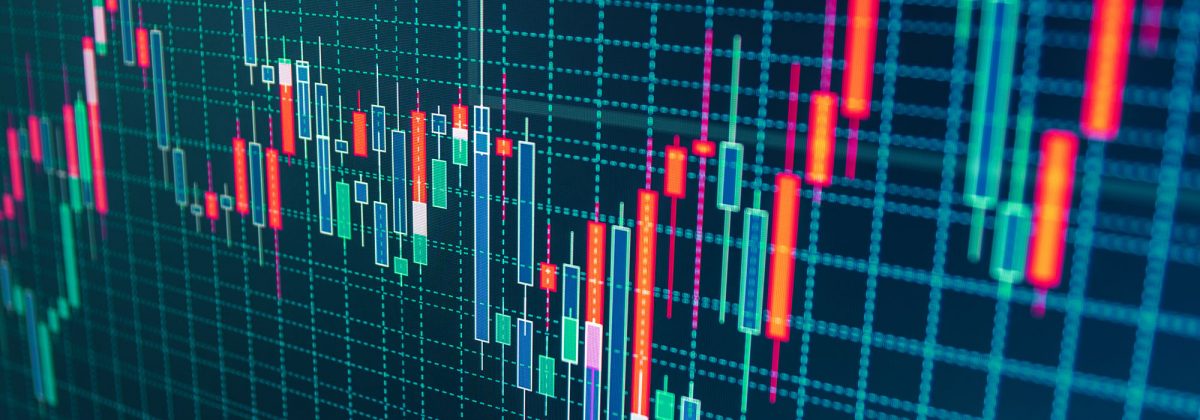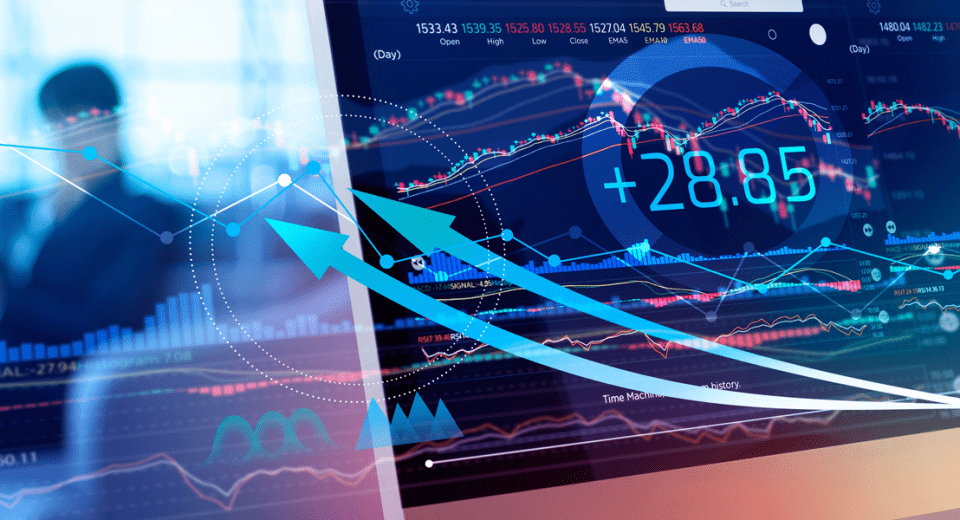Slippage is inevitable in trading any market, whether it is forex, equities, cryptocurrencies or commodities. Latency between order requests and actual execution occurs from time to time, leading to a difference between the price desired and the actual outcome of the trade. Although the word “slippage” itself has a negative connotation, it isn’t always bad for a trader’s bottom line. At the end of the day, small differences in entry and execution prices, either negative or positive, need not affect the account balance.
But, when negative slippage occurs more frequently than positive, it is an indication of some bad decisions. Orders getting executed at a price difference of more than 10 pips will have a significant impact on a trader’s net profits.
How Does Slippage Occur?
In order to deal with slippage, it is vital to understand what causes it. Slippage is normally associated with market orders, the kind of orders that lets traders gets in and out of positions very quickly, at market prices. A limit order, on the other hand, fills only the desired price for execution, without which the trades don’t get executed.
Slippage is highly common during periods of high volatility, when prices move faster than expected. While a little volatility is good for short-term traders, too much of it can lead to significant losses, especially in highly leveraged trades.
Prices show high volatility during special events, like breaking news, Central Bank press releases, release of vital economic indicators and other geo-political events, such as elections and wars. During these times, there are thousands of traders in the market, making the same decisions. They enter the market at the same price levels.
With the disclosure of important data, prices move extremely fast, so much so that we see some price levels getting skipped on the charts altogether. Market orders remain pending and subsequently executed at the next price level. This gap is what creates slippage. Ask prices rise for long trades and bid prices might decline for short trades.
Minimising Slippage
Attempting to totally avoid any slippage could be an unrealistic goal, given the nature of the financial markets. But, with some strategic measures, we can avoid significant erosion of profits due to it.
1. Avoid Market Orders
Instead of market orders, limit orders are good for managing slippage. Unlike a market order, a limit order will never get executed at the worst price. But, remember that using limit orders might mean missing out on some lucrative positions. A market order will ensure your exits but will always entail risk of slippage. In some fast-moving market conditions, market orders are necessary. Nevertheless, try to get into limit and stop limit orders whenever possible.
2. Use Stop Losses
One of the key risk management tools, stop losses cut short trades when the market goes in an unfavourable direction. If you are using a stop loss limit order, the order will be filled only at the price you want, but this means accumulation of losses in case the price goes in the opposite direction. In this case, stop loss market orders are better, to ensure that losses don’t get magnified, even at the cost of some slippage.
3. Avoid Trading Around Major Events
Market moving news events increase the risk of negative slippage, which is why day traders should avoid trading in the immediate aftermath of such news releases. These include FOMC announcements, company general body meetings, release of profit and loss statements, release of economic indicators like inflation and interest rates and more. An economic calendar is essential to keep track of the dates of these releases. This allows traders to know which asset class is likely to exhibit volatility.
If you are trading timeframes of one hour or less, it is best to avoid trading immediately after key news releases altogether, since a difference of 20 pips could be a significant percentage of your profits. But for someone who is trading 6-hour charts, such high-impact news will not make much of a difference. Average profit targets for these traders are in the range of 200 to 500 pips, and a 20-pip difference is a small percentage of that.
4. Avoid Assets with Low Liquidity
Absence of high liquidity means a dearth of buyers and sellers to complete your orders. This increases the risk of negative slippage. The forex market is known for its extremely high liquidity, while some cryptocurrencies are very thinly traded. Also, not every currency pair is as liquid, with slippage being more common for exotic currency pairs. It is useful to keep track of the busiest periods of a market. For example, the forex market is highly liquid when the London and New York sessions overlap. This is the most active period for GBP, USD and EUR traders. It will be easier to reduce slippage during such times.
5. Use a Robust Trade Terminal
A good trade terminal is an important part of reducing network latency and ensuring that trades get executed with high speeds. Compromising on this aspect could be costly for a trader. There are robust platforms like MT4, MT5 and cTrader, which make life easier through advanced order types and superior charting capabilities. There can be many unseen issues as well, such as inefficient order routing, data lag and server performance, which can impact trades. Your broker should be equipped to handle all technical issues and offer quick solutions. Then there are several issues that are not under a trader’s control, which is why support of a reputed brokerage is essential.
6. Unrealistic Profit Targets Can Have an Impact
As stated earlier, slippage is not a menace for everyone. But small profit targets and high frequency trading magnifies its impact on the bottom line. Unless a trading strategy guarantees maximum efficiency, such practices can be damaging for traders.
Excessive slippage can compromise many good trading strategies. But, with a little due diligence, use of adequate technology and support of a competent broker, it can be managed.
Reference Links





